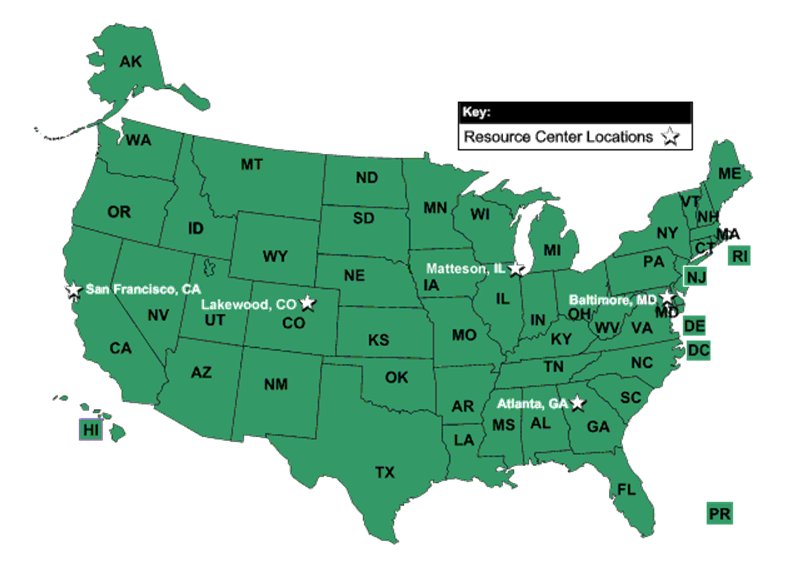 |
| NPHS 1510: Federal and International Framework |
| Continuity of Operations |
| |
| COOP Plans |
| |
COOP Plan Elements
- Identifying and prioritizing mission-essential functions
- Establishing how, when, and which authorities will be delegated
- Creating orders of succession
- Identifying and training appropriate staff to support essential functions
- Acquiring and equipping an alternate facility for relocation
- Defining availability and redundancy of interoperable communications and IT systems
- Identifying, protecting, and sustaining availability of vital records and databases
- Determining methods to transfer control to and from the primary site during and after an emergency
- Creating a viable schedule to update training, exercises, and plans
- Identification of Essential Functions
- Determine which functions performed by the agency must be continued under all circumstances
- Prioritize essential functions
- Establish staffing and resource requirements
- Identify mission critical data and systems
- Defer functions not essential to immediate agency needs
- Delegations of Authority
- Identify the programs and administrative authorities needed for effective operations
- Identify circumstances under which the authorities would be exercised
- Document the necessary authorities
- State the authority of designated successors
- Indicate circumstances under which delegated authorities would become effective and when they would terminate
- Ensure that officials are properly trained
- Specify responsibilities and authorities of individual agency representatives designated to participate as members of interagency emergency response teams
|
Orders of Succession
- Establish orders of succession to the Agency Head position, other key headquarters leadership positions, the regional director
- Identify limitations of authority
- Describe orders of succession by positions or titles
- Include in the vital records of the agency and revise as necessary
- Establish rules and procedures
- Include the conditions under which succession will take place, method of notification, and any temporal, geographical or organizational limitations
- Assign successors among emergency teams
- Conduct orientation programs to prepare successors
|
| |
| Definition: |
COOP Site (Continuity Facility or Alternate Site): A location, other than the primary facility, that can be used to carry out essential functions in a continuity situation.
Source: FEMA COOP Glossary. |
|
| |
Alternate Facilities
- Capable of supporting operations in a threat-free environment
- Should provide:
- Immediate capability to perform essential functions under various threat conditions
- Sufficient space and equipment to sustain the relocating organization
- Interoperable communications
- Reliable logistical support, services and infrastructure systems
- Ability to sustain operations for up to 30 days
- Consideration for the health, safety, and emotional well-being of employees
- Appropriate physical security and access controls
|
The COOP Site should be out of harm's way particularly with respect to natural disasters including:
- Hurricanes
- Lightning strikes
- Tornadoes
- Thunderstorms
- Tsunamis
- Earthquakes
- Wildfires
- Flood
- Winter Storms
Some online resources to help you gather natural hazards threat data:
- National Hurricane Center www.nhc.noaa.gov
- US Geological Survey Earthquake Hazards Program http://earthquake.usgs.gov/
- National Severe Storms Laboratory http://www.nssl.noaa.gov/
- National Weather Service http://www.weather.gov/
- The Weather Channel (TWC) http://www.weather.com/
- NOAA Tsunami Site http://www.tsunami.noaa.gov/
|
 |
Interoperable Communications
- Should provide:
- Capability adequate for the agency’s essential functions and activities
- Ability to communicate with COOP contingency staff, management and other organizational components
- Ability to communicate with other agencies and emergency personnel
- Access to other data and systems necessary to conduct essential activities and functions
|
Vital Records and Databases
- Plans should account of identification and protection of vital records, systems and data management software and equipment necessary to perform essential functions and activities
- Emergency Operating Records
- Vital records essential to the continued functioning or reconstitution of an organization during and after an emergency
- Legal and Financial Records
- Vital records critical to carrying out an organization’s essential legal and financial functions and activities and protecting the legal and financial rights of individuals directly affected by its activities
- Agencies should back up electronic files regularly
|
Tests, Training and Exercises
- All agencies should plan and conduct tests and training to demonstrate viability and interoperability of COOP plans
- Plans should provide for:
- Individual and team training (annually) of agency COOP contingency staffs and emergency personnel to ensure currency of knowledge
- Internal agency testing and exercising (annually) of COOP plans and procedures
- Testing of alert and notification procedures and systems for any type of emergency (quarterly)
- Refresher orientation for COOP contingency staff arriving at an alternate operating facility
- Joint agency exercising of COOP plans
|
Continuity Plan
- Executive Summary
- Part I Introduction
- Part II Planning Basis
- Part III Procedures for Plan Implementation
- Part IV Maintaining Continuity Readiness.
|
Continuity Planning Process
- Appointing the Continuity Program Manager.
- Selecting the planning team.
- Determining essential functions.
- Applying risk management principles to assess potential hazards.
- Identifying resources required for continuity planning.
- Establishing objectives and milestones.
- Determining procedures for information gathering and decisionmaking.
|
| |
|
| |
| |
| Exercise Think about two different places visited regularly by tourists. What might be the issues related to |
|
|
| |
|
|
|
|
| Copyright © 2011 Ken Sochats |







